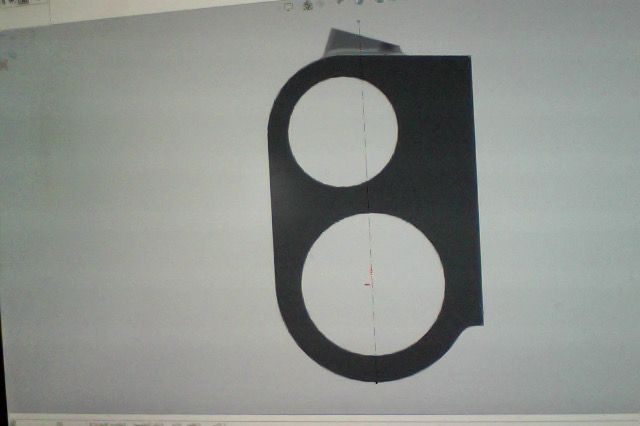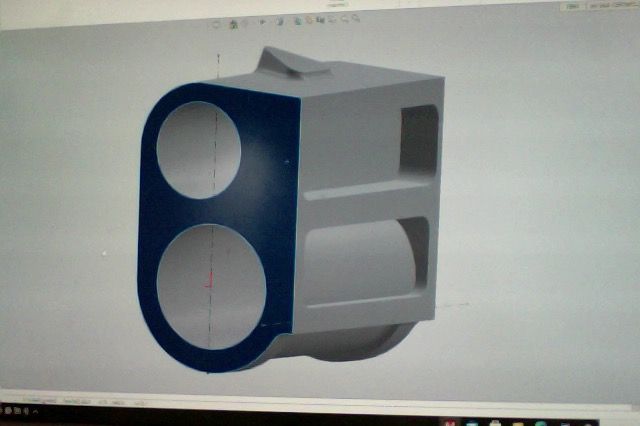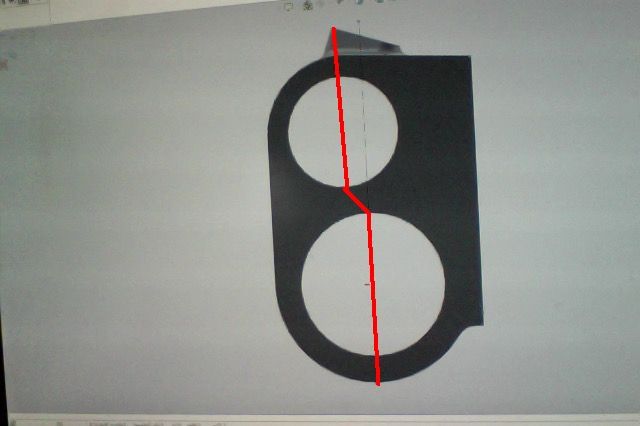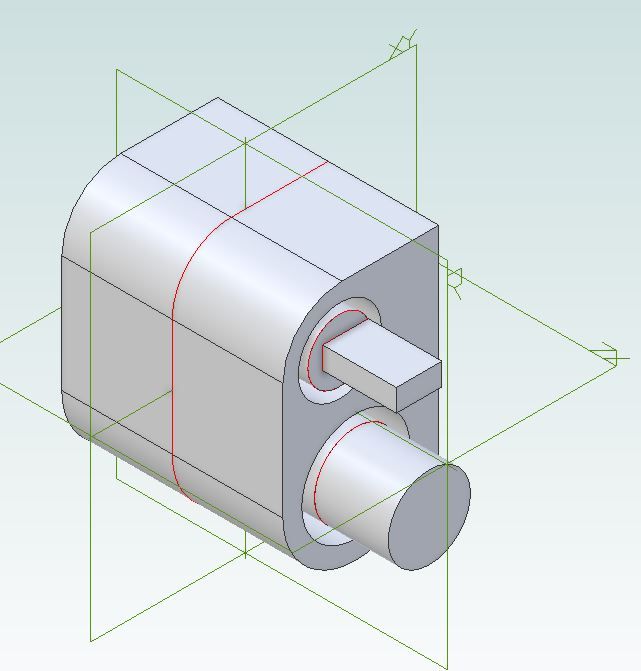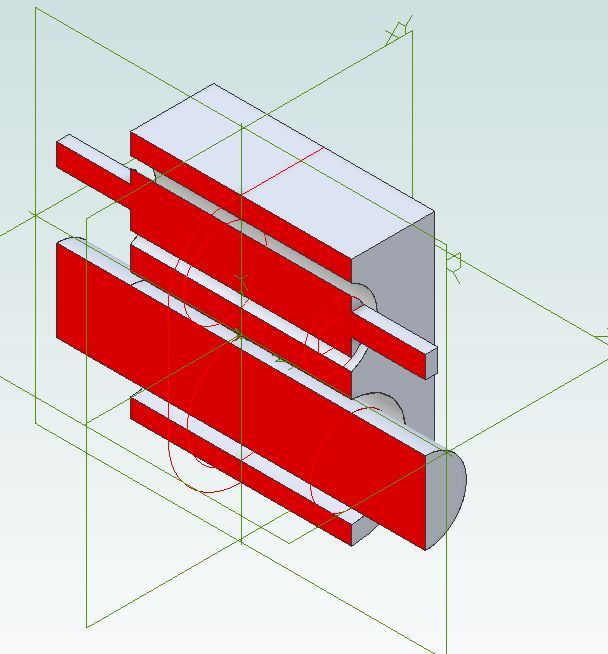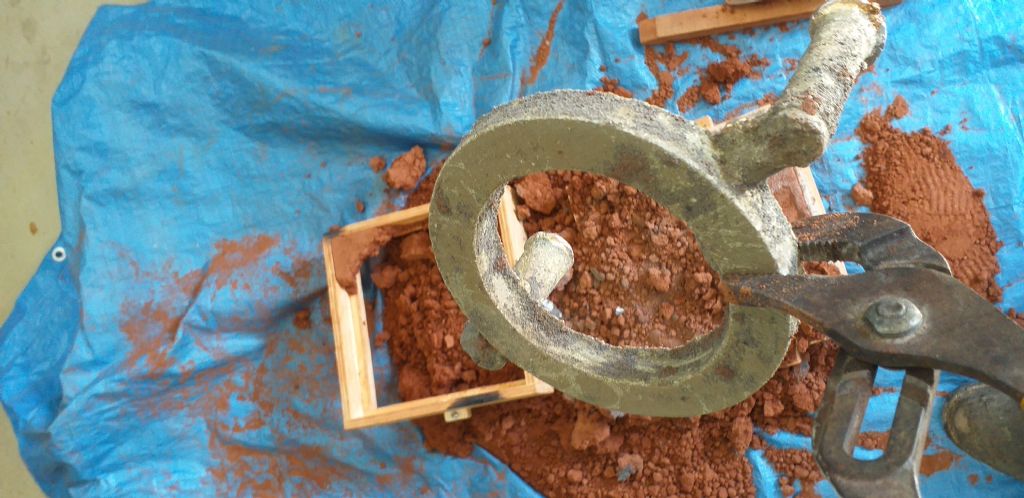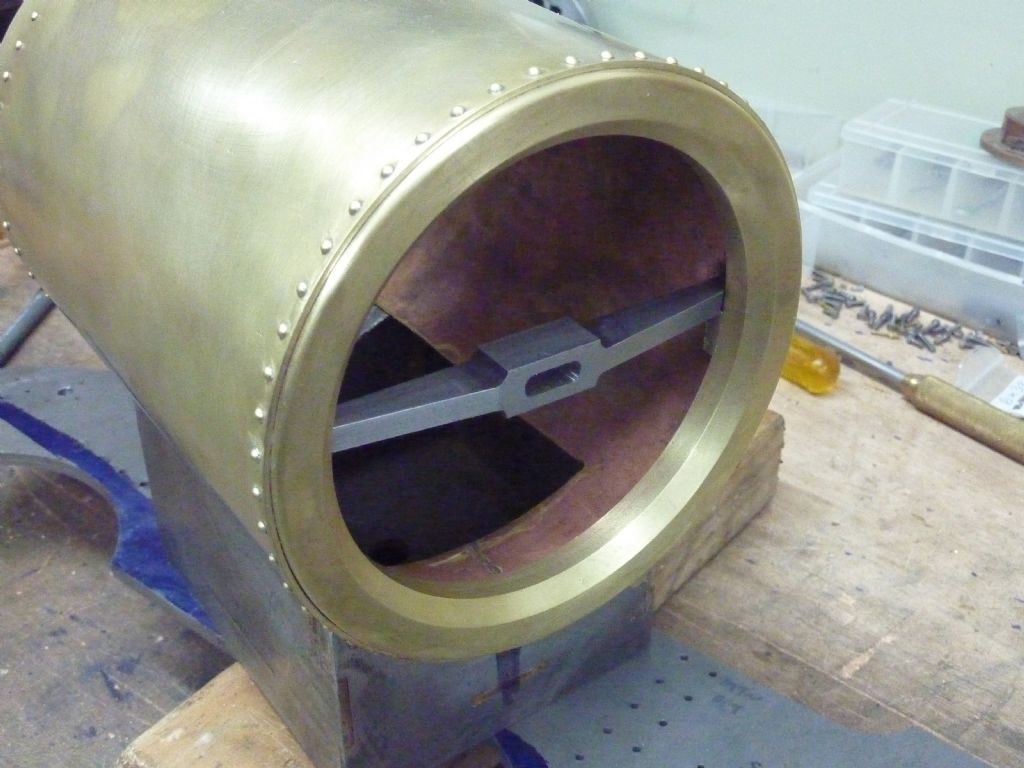I was hoping Noel would join in on this one, Noels castings are exceptional!
You only prop the pattern on the sand when ramming the bottom part of the pattern. This is to keep the draft angles correct relative to the split lines. When you flip the box and fit the top part of the pattern it all works out.
I can't comment on casting brass cylinders as I've never done that, but I expect they won't last as long as the bearing alloys or cast iron. I have mixed Gunmetal from brass but the amount of brass used is relatively small to get the required amount of Zink, you still need to add Tin and copper. I have made Alumina bronze, tin bronze, gunmetal and cast iron cylinders and all have worked really well. The cheapest is the cast iron and alumina bronze but you need to add silicone to the alumina bronze to improve machinability. Incidentally all my alloys are mixed from scrap, and when I had a few tested they were surprisingly within spec. As Noel says the shrinkage and radii depend on the material and size of casting. If that's a ¬2kg (5 gauge cylinder more or less) I would use 3mm in that pocket and 1.5-2mm radius everywhere else. 5Deg draft in the pocket will help with removing the pattern without knocking the sides, as Noels says 3Deg everywhere else (from your pic it looks like you're using green sand). As for the risers and ingates I wrote a program to work this out, if you send me the surface area, volume, alloy you intend to use and weight of the end casting I'll plug it into my solver and post a screen grab. If you give me an indication of what alloy you intend using I can give some guidance on dusting and what to add to the facing sand to improve finish.
Other than the health issues with fuming zink the actual mass loss is very small unless you really cooking the melt for long periods. I did post a capping inoculant on one of the forums that will help with this.
The cost of this hobby gets me down a little, its not what its about. All my articles are geared to help the guy with limited recourses, using commonly available items.
The smokebox ring looks really good! Cylinders will be a breeze!
Luker.


